The absence of trees during this stretch makes pilgrims more vulnerable to weather conditions, something they should take into account. We depart from Hontanas towards the ruins of the hospital of San Antón, founded in the 12th century. The Antonianos were a monastic order tending to ailing or injured pilgrims. Today it is a public hostel with 12 beds.
The arches tell us that 5 kilometres are behind us and that 3 more are still left to reach Castrojeriz, the last village in the province of Burgos. All the standard services for pilgrims are available here. Notable sights includethe ethnographic museum, the castle on the village’s hillock (some 20 minutes away on foot) andathe churches of San Juan and Santa María del Manzano, the latter of which currently houses a museum of religious art from the area.
From Castrojeriz the path continues rising towards Teso de Mostelares in a steep slope extending more than one kilometre, from which one can admire the immensity of the natural environs of the Tierra de Campos district. It is worth the climb.
Next, we come upon the Hospital de San Nicolás de Puentefitero, currently a hostel. Some pilgrims decide to finish the day and sleep here. In the evening, there is a ritual foot washing. Traditionally, the monks wash the feet of the tired pilgrims before everyone has dinner together by candlelight.
The Camino continues at a lighter level of challenge and enters the province of Palencia. Itero de la Vega (9.5 km away) is the first village in Palencia and from here there are 8 kilometres left until the end of the day’s walk in Boadilla del Camino.
Tips from our postmen and women
What to see and do in the stage Hontanas - Boadilla del Camino?

“The ruins of the Monastery of San Antón are a magic place for pilgrims. The hostel offers a place to stay overnight, where visitors can enjoy playing the guitar, singing and drinking the porrón, or gazing at the stars by the ruins. This hostel is not suitable for tourists or pilgrims who favour comfort over a remarkable night.
The old hospital of San Antón was the place where the Antonianos treated pilgrims who suffered from the “mal del fuego”, a disease in the Middle Ages caused by eating barley with ergot. Locals explain how they had to amputate the limbs of pilgrims in the hospital and how these limbs were hung out to dry so that when they resurrected they would have all their members.
The stench was quite unbearable. After passing through Castrojeriz and reaching the high ground of Alto Mostelares, there is another similar hostel, in the Ermita de San Nicolás, usually managed by Italian volunteers who show pilgrims the true essence of the Camino de Santiago”.
What to see and do in Boadilla del Camino?

“In Boadilla del Camino you must see the Rollo Gótico Jurisdiccional, behind the parish church. This is a very tall monument (7 metres high), a symbol of the town’s jurisdictional autonomy thanks to a privilege it had been granted. It represents the autonomy of the people against the Lords of Melgar and Castrojeriz”.
Accommodations Hontanas - Boadilla del Camino
Image gallery
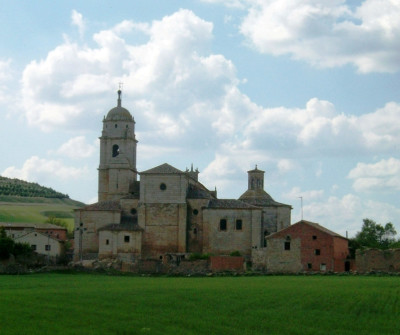
Hotanas, pueblo del Camino Francés
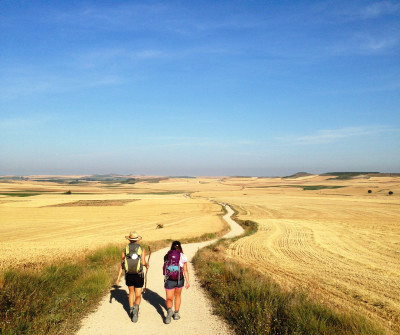
Etapa entre Hontanas y Boadilla del Camino, en el Camino Francés
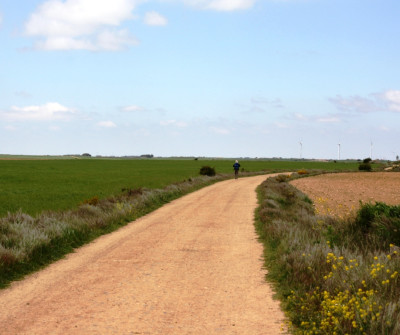
Camino Francés entre Hontanas y Boadilla del Camino
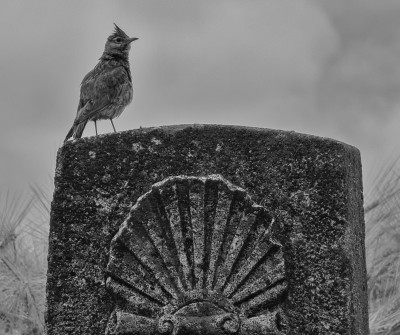
Señalización del Camino de Santiago Francés
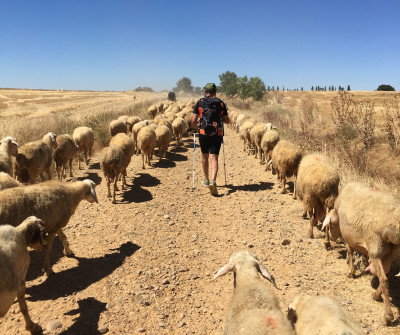
Camino de Santiago Francés llegando a Boadilla del Camino
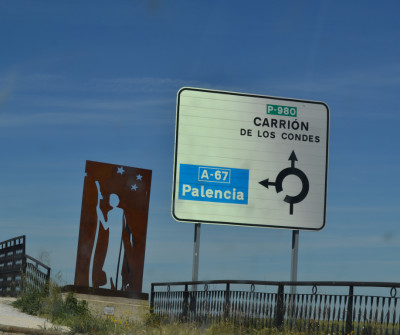
Peregrino a la entrada de Boadilla del Camino, en el Camino de Santiago Francés
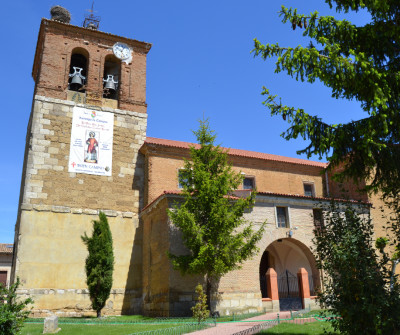
Iglesia de Santa María de Boadilla del Camino
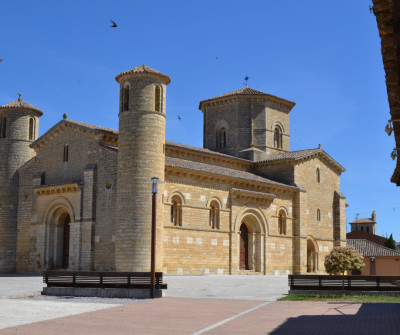
Santa María, iglesia gótica de Boadilla del Camino
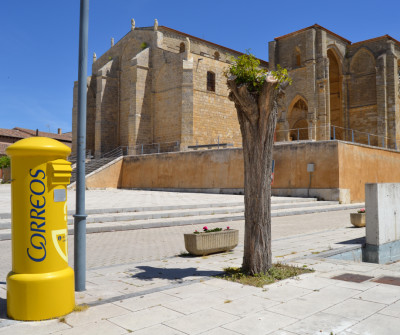
Iglesia de Santa María del Camino, pueblo del Camino Francés
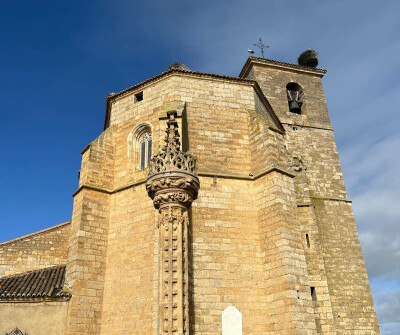


 Filter
Filter